The Pilgrim Society was incorporated in 1820 “for the purpose of procuring, in the town of Plymouth, a suitable lot or plat of ground for the erection of a monument to perpetuate the memories … of their ancestors, who first settled in that ancient town” Four years later, the Society established Pilgrim Hall in Plymouth, which is today the oldest continuously-operated museum in the United States. http://www.pilgrimhall.org/plgrmhll.htm
The monument the Society originally planned took much longer to fund and to build. The 81 foot tall granite structure was not dedicated until August 1889, but clearly the plans were drawn much earlier because it appears in the central vignette of this 1864 engraved membership certificate for the Pilgrim Society. The monument’s central figure is the female personification of Faith and surrounding her are the symbols of Morality, Education, Law, and Liberty.
The copy of the Society’s membership certificate owned by Princeton is for John Warren, presumably a descendent of Richard Warren (ca. 1580-1628), one of the passengers aboard the Mayflower and a signer of the Mayflower compact. A partial genealogy of the Warren family can be found at http://www.geocities.com/Heartland/Plains/4803/warrenb.htm



















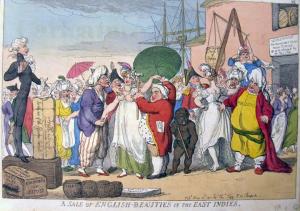





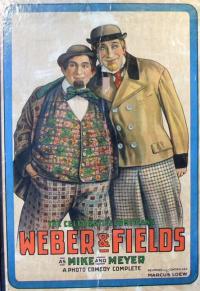

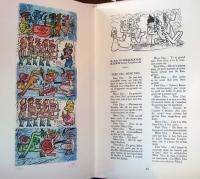




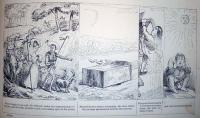




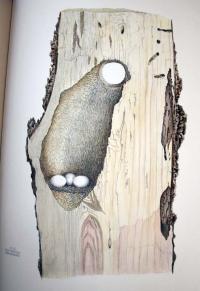


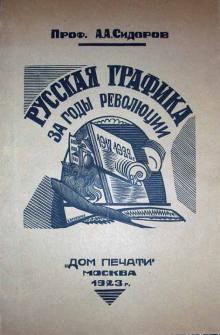


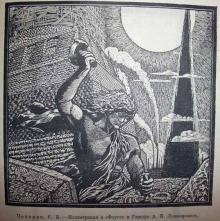
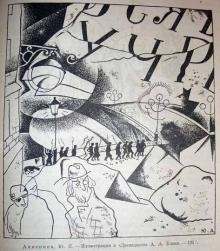
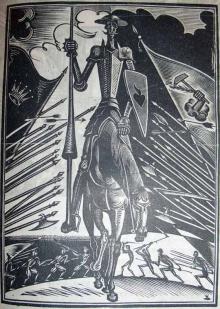
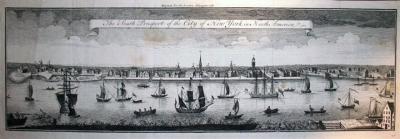

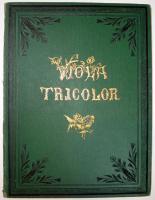







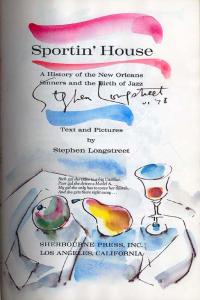

Recent Comments